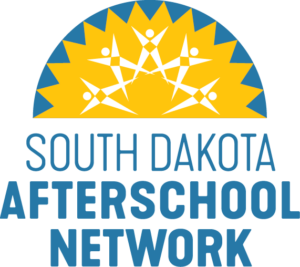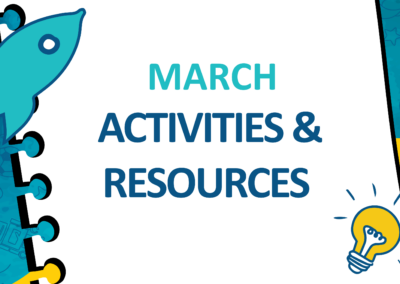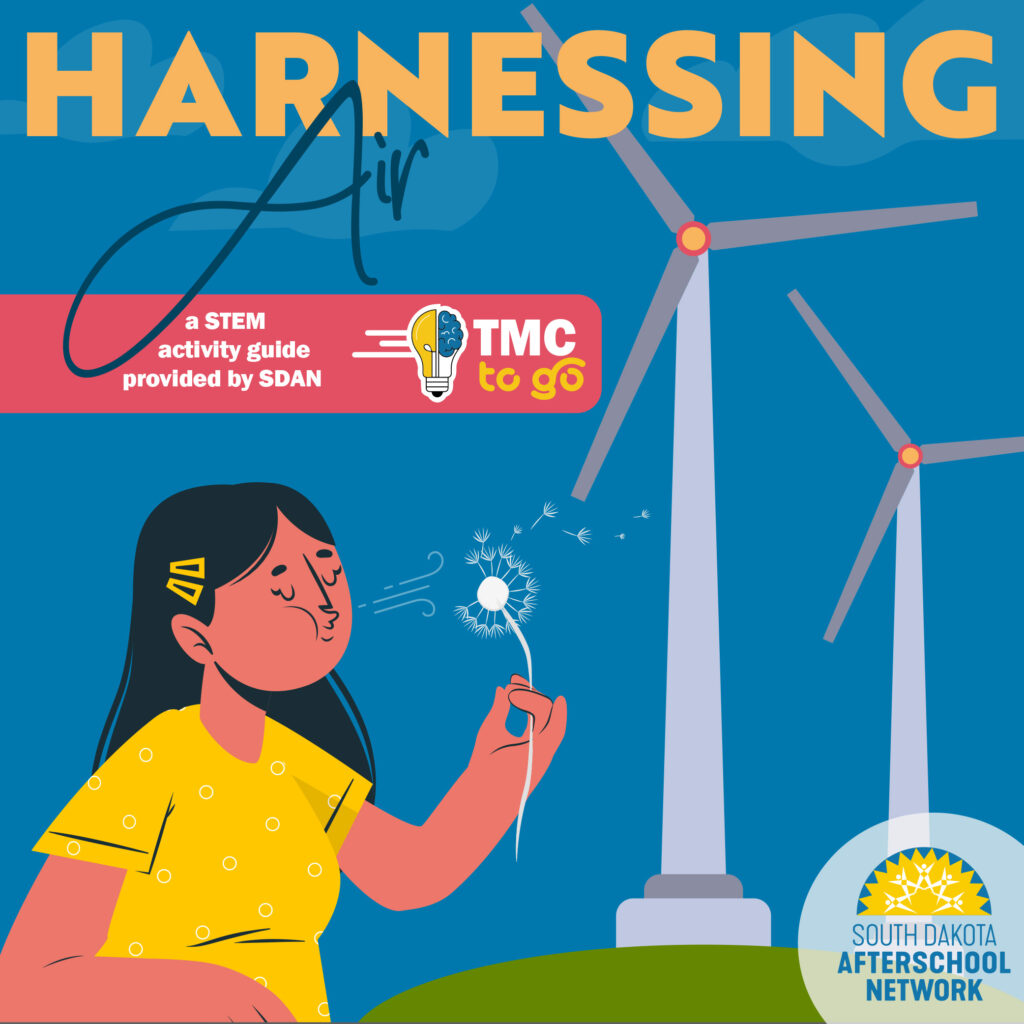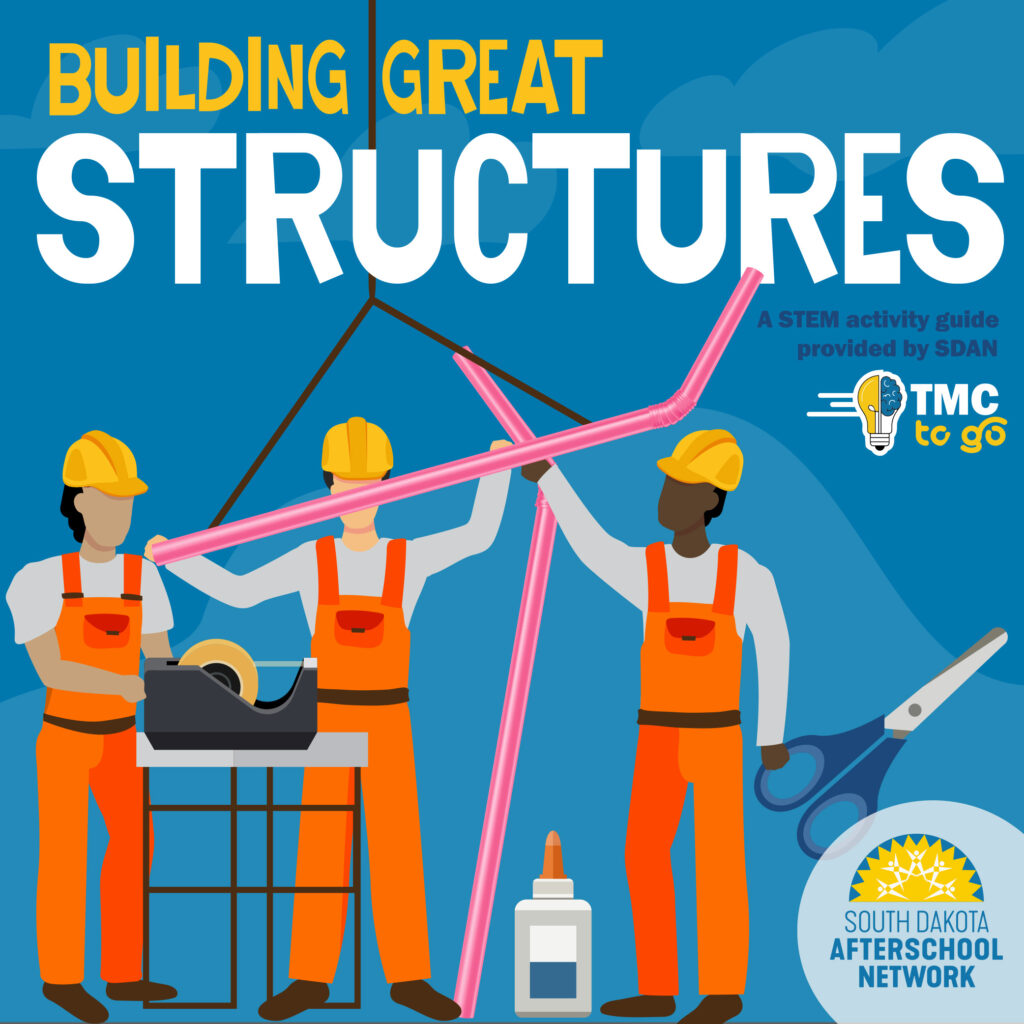ACTIVITIES

NASA Engineering Playlist Activities
Looking for a sequence of activities you can implement in your afterschool program today? Say goodbye to googling or searching on Pinterest. Use the following activities in sequence to support youth in building an engineering mindset with NASA activities.
-
- Lesson 1: How Can the Little Moon Hide the Giant Sun? (Engineering Design Process Activity) – This activity targeted for grades 3-8th offers great hands-on exploration of how distance can affect the way we perceive the size of an object. It makes a good introduction to solar eclipse as well as Sun and Moon’s sizes and distances from Earth. The idea behind this activity is very simple and the activity itself is easy to do, making it accessible even for young kids.
- Lesson 2: Design a Crew Exploration Vehicle (Engineering Design Process Activity) – Using the engineering design process, students will design, build, test and improve a crew exploration vehicle capable of carrying two 2-centimeter-tall “passengers” and floating in water for one minute without leaking.
- Lesson 3: Hubble Telescope and Careers (Career Connection) – Hubble careers are as diverse as the people who hold the jobs. Members of the Hubble team, both past and present, have come from small towns and big cities, worked in the military and in factories, knew from a young age what they wanted or slowly discovered their calling. Meet the Hubble scientists and engineers! Great videos and activities on the Hubble site.
- Lesson 4: Women @ NASA (Role Models and Mentor Connection) – Meet Rachel Hsiong, an engineer at NASA. She is designing components of the upcoming Artemis mission to put a woman on the moon. She is proud and happy to be part of a larger team that will accomplish this great feat.
- Lesson 5: Women @ NASA (Role Models and Mentor Connection) – Meet Annette Moore, an engineer at NASA Meet Annette Moore and hear her inspirational story of success. Watch the video and have a discussion with the students about how they are the same/different from Ms. Moore and how they can use some of her strategies to be successful.
Looking for EVEN More at NASA?! Activity Toolkit: Engineering is Elementary’s NASA Partnership free units – A suite of free NASA-funded STEM resources for students in grades 3-8. All resources are research-based and classroom-tested. They are designed to support students’ understanding of space, while helping them see themselves as capable problem solvers.

Supported by the Mott Foundation, Mizzen is available at no cost to afterschool professionals! Encourage partners to download the Mizzen By Mott app to access STEM activities at your finger-touch! You’ll find it in Mizzen here.
Featured Activities & Playlists
- Mizzen Activity: Beach Ball Math
- Mizzen Playlist: STEM Activities for 9-12th Grades – Students engage in science and engineering activities that contain accessible materials.
- Mizzen Playlist: STEM Activities for K-5th Grade in Small Groups – This playlist is a great mix of engineering and science activities that are easy and fun for small groups of kids K-5th.
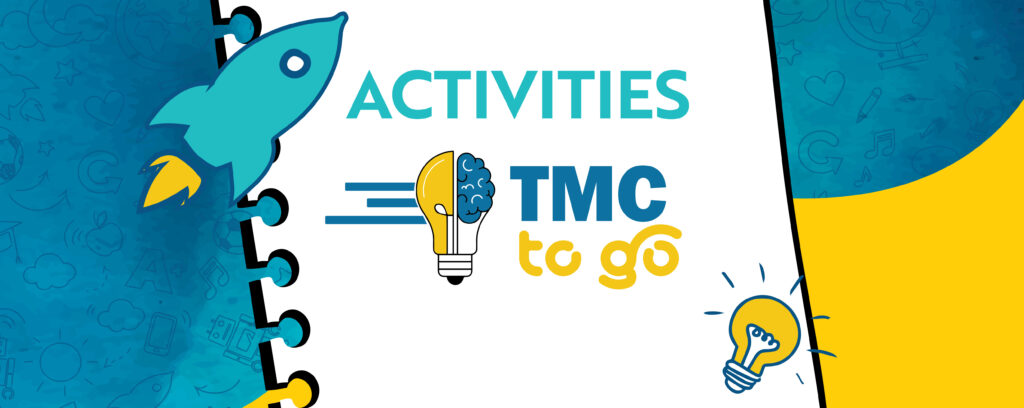
TMC To Go
Click the pictures to download SDAN’s TMC To Go Mini Unit STEM Activity Guides.
RESOURCES
- Website: You For Youth // Computer Science for All — Computer Not Required — This 21CCLC resources covers it all—activities, curricula, fact sheets. There’s information for practitioners, parents, and families. The ready-to-use resources for educators have links to everything including a variety of curricula for k-12 students and recommendations for best practice.
- Framework: K-12 Computer Science Framework — The Association for Computing Machinery, Code.org, Computer Science Teachers Association, Cyber Innovation Center, and National Math and Science Initiative have collaborated with states, districts, and the computer science education community to develop conceptual guidelines for computer science education.
- Article: ‘I’m not just a mom’: Parents as creators, collaborators, and learners in creative computing by Ricarose Roque – Social support from parents can play an important role in engaging and sustaining young people’s participation in computing. The authors identified many supportive roles for parents, including collaborating with their children on projects, providing resources and finding new opportunities.
- Coding Websites: Scratch – The world’s largest coding community for children and free coding language designed for children ages 8+. With a simple visual interface, Scratch easily allows young people to create digital stories, games, and animations.
- Coding Websites: ScratchJr – A free application for young children (ages 5-7) to get their first introduction to coding. With ScratchJr, children code their own interactive stories and games. In the process, they learn to solve problems, design projects, and express themselves creatively on the computer.
